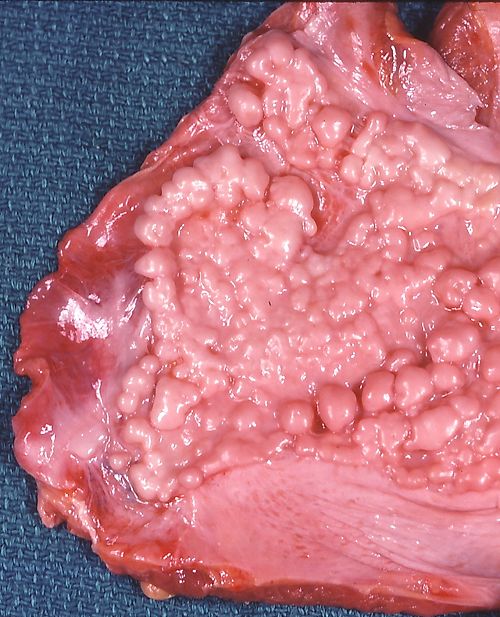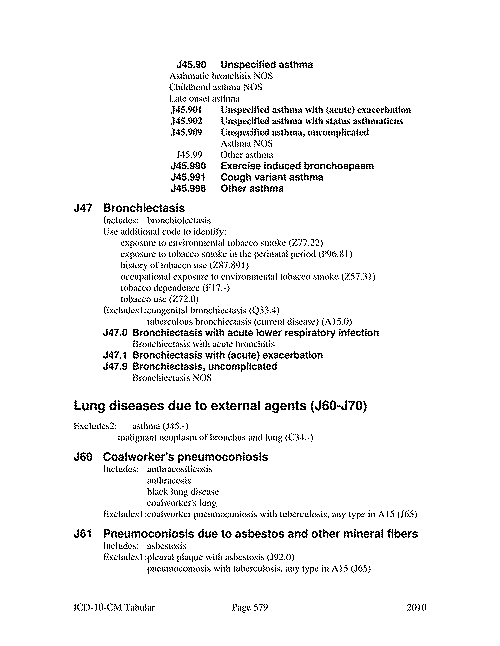 |
| By https://en.wikipedia.org/wiki/Asbestosis |
Asbestosis exposure is caused by a form of asbestos. Asbestos is a mineral that is used for making fireproofing, insulation, and plastic pipes. It is also used to make cement. It can be found in many different areas of the home, including the attic, basement, attic framing, electrical wiring, floor and ceiling tiles, soffits, piping, siding, walls, roof and insulation.
Asbestosis is the most common form of asbestos-related disease, affecting more than 6 million Americans. An asbestos-related disease can be detected as early as four years after exposure and is fatal if left untreated.
Asbestosis is often called the silent killer because symptoms are typically not detected until some time after exposure. People who have been exposed to asbestos may suffer from lung cancer, but symptoms like coughing, shortness of breath, asthma and chest pains are sometimes delayed. It is believed that some of these delayed symptoms may be related to other diseases. The purpose of this article is to educate people about asbestos exposure, with the goal of helping to decrease the numbers of people who die from this disease.
Most cases of asbestosis occur in the form of lung cancer. In order to detect asbestosis and lung cancer, lung tissue must be taken from victims of the disease. The lung tissue will test positive for asbestos and will display features that are indicative of the lung cancer that is likely to develop in the future. Asbestos is often found in the victims' lungs.
Many people may not realize that they have been exposed to asbestos, even though they have been exposed to it for several years. It is a critical issue to check with your doctor if you have been exposed to asbestos, especially if you have had it your entire life. If you have been exposed at any point in your life, your physician should be able to provide a screening test to determine if you have asbestosis. Once you have been diagnosed with the disease, your doctor will be able to discuss your options for treatment.
 |
| By https://en.wikisource.org/wiki/Page:ICD-10-CM_(2010).djvu/579 |
Asbestosis is not contagious, but many health experts advise that you wash your hands after handling asbestos, particularly if you are exposed to it on a regular basis. The good news is that there is no cure for the disease, but the healthcare professionals will still help you manage the disease. A combination of medical treatments and lifestyle changes may be the only way to prevent it from progressing to the point where it is fatal.
Asbestosis exposure can cause a wide range of symptoms, which include fatigue, shortness of breath, chronic coughs, chest pain, and lung damage. Patients often report the same symptoms and suffer from varying degrees of severity, depending on the level of exposure to asbestos. Treatment may be in the form of inhalation or removal of the affected area of the lung.
Asbestosis exposure, though dangerous, is not inevitable. These days, it is possible to prevent asbestos from progressing to lung cancer. Because so many people have been exposed to asbestos, there are many organizations, both governmental and non-governmental, that offer screenings and information about the disease.
With help from these resources, you can stop asbestos before it starts. and avoid this very common and deadly disease.